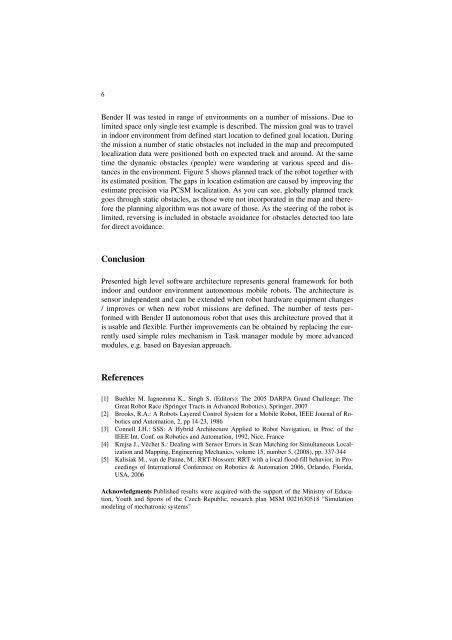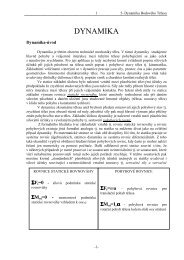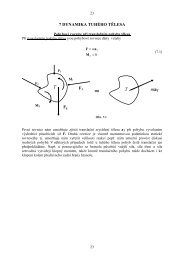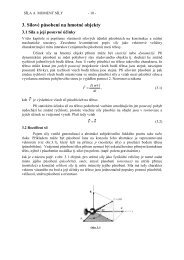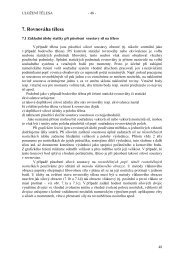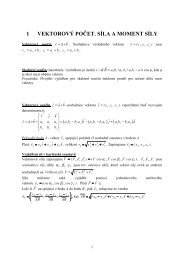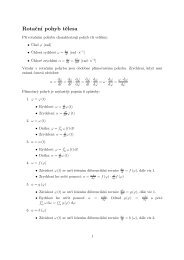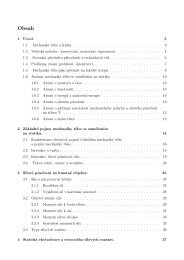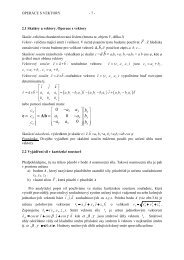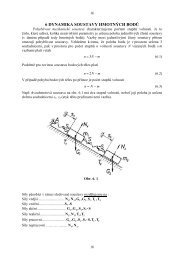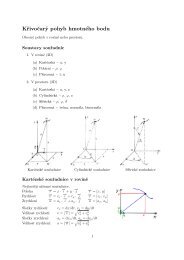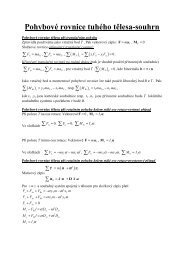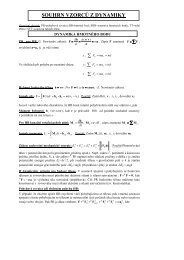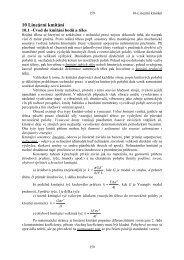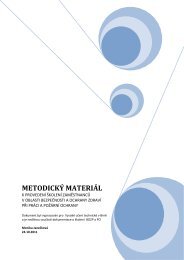High level software architecture for autonomous mobile robot
High level software architecture for autonomous mobile robot
High level software architecture for autonomous mobile robot
You also want an ePaper? Increase the reach of your titles
YUMPU automatically turns print PDFs into web optimized ePapers that Google loves.
6Bender II was tested in range of environments on a number of missions. Due tolimited space only single test example is described. The mission goal was to travelin indoor environment from defined start location to defined goal location. Duringthe mission a number of static obstacles not included in the map and precomputedlocalization data were positioned both on expected track and around. At the sametime the dynamic obstacles (people) were wandering at various speed and distancesin the environment. Figure 5 shows planned track of the <strong>robot</strong> together withits estimated position. The gaps in location estimation are caused by improving theestimate precision via PCSM localization. As you can see, globally planned trackgoes through static obstacles, as those were not incorporated in the map and there<strong>for</strong>ethe planning algorithm was not aware of those. As the steering of the <strong>robot</strong> islimited, reversing is included in obstacle avoidance <strong>for</strong> obstacles detected too late<strong>for</strong> direct avoidance.ConclusionPresented high <strong>level</strong> <strong>software</strong> <strong>architecture</strong> represents general framework <strong>for</strong> bothindoor and outdoor environment <strong>autonomous</strong> <strong>mobile</strong> <strong>robot</strong>s. The <strong>architecture</strong> issensor independent and can be extended when <strong>robot</strong> hardware equipment changes/ improves or when new <strong>robot</strong> missions are defined. The number of tests per<strong>for</strong>medwith Bender II <strong>autonomous</strong> <strong>robot</strong> that uses this <strong>architecture</strong> proved that itis usable and flexible. Further improvements can be obtained by replacing the currentlyused simple rules mechanism in Task manager module by more advancedmodules, e.g. based on Bayesian approach.References[1] Buehler M. Iagnemma K., Singh S. (Editors): The 2005 DARPA Grand Challenge: TheGreat Robot Race (Springer Tracts in Advanced Robotics), Springer, 2007[2] Brooks, R.A.: A Robots Layered Control System <strong>for</strong> a Mobile Robot, IEEE Journal of Roboticsand Automation, 2, pp 14-23, 1986[3] Connell J.H.: SSS: A Hybrid Architecture Applied to Robot Navigation, in Proc. of theIEEE Int. Conf. on Robotics and Automation, 1992, Nice, France[4] Krejsa J., Věchet S.: Dealing with Sensor Errors in Scan Matching <strong>for</strong> Simultaneous Localizationand Mapping, Engineering Mechanics, volume 15, number 5, (2008), pp. 337-344[5] Kalisiak M., van de Panne, M.: RRT-blossom: RRT with a local flood-fill behavior, in Proceedingsof International Conference on Robotics & Automation 2006, Orlando, Florida,USA, 2006Acknowledgments Published results were acquired with the support of the Ministry of Education,Youth and Sports of the Czech Republic, research plan MSM 0021630518 "Simulationmodeling of mechatronic systems"


